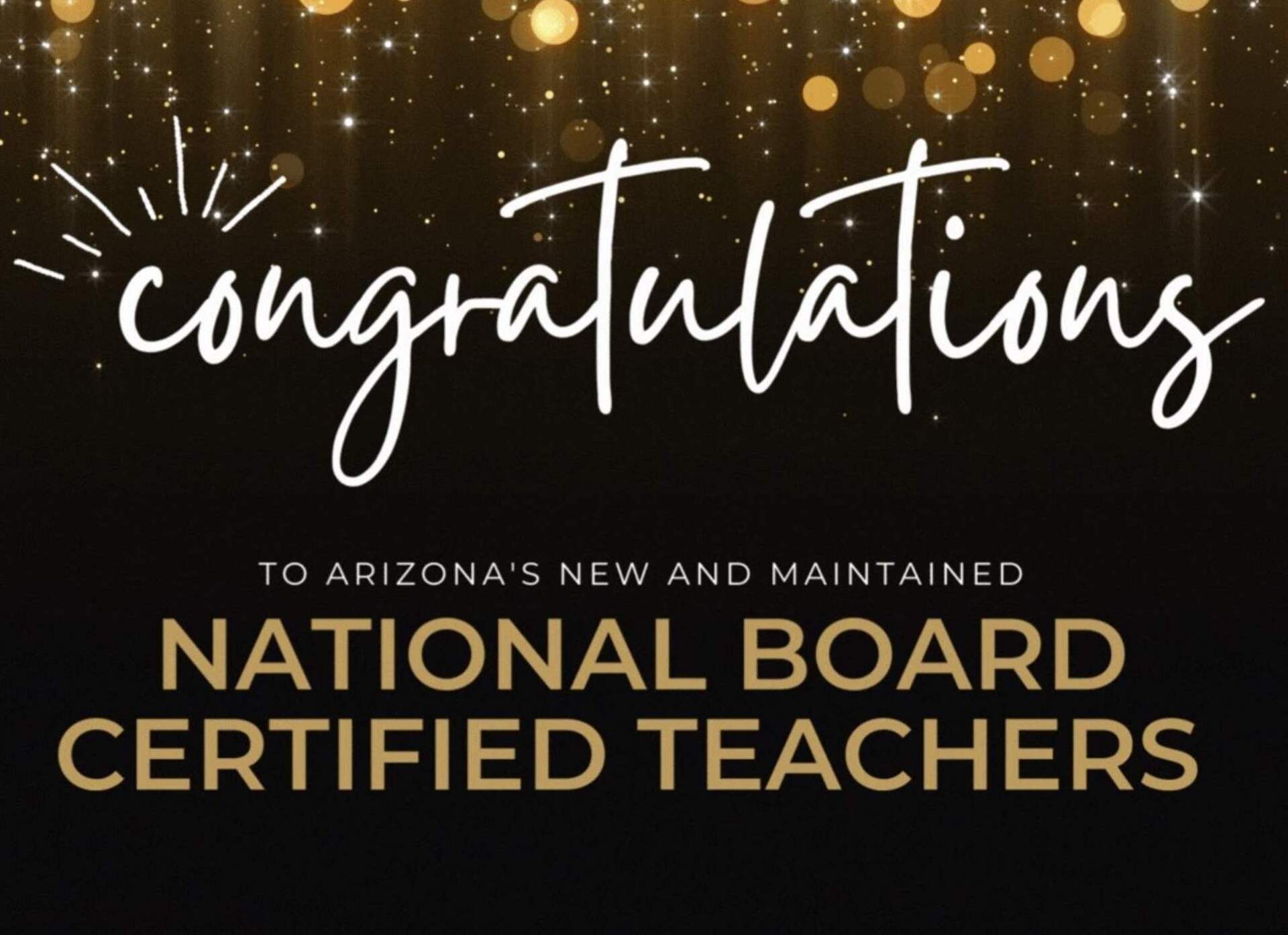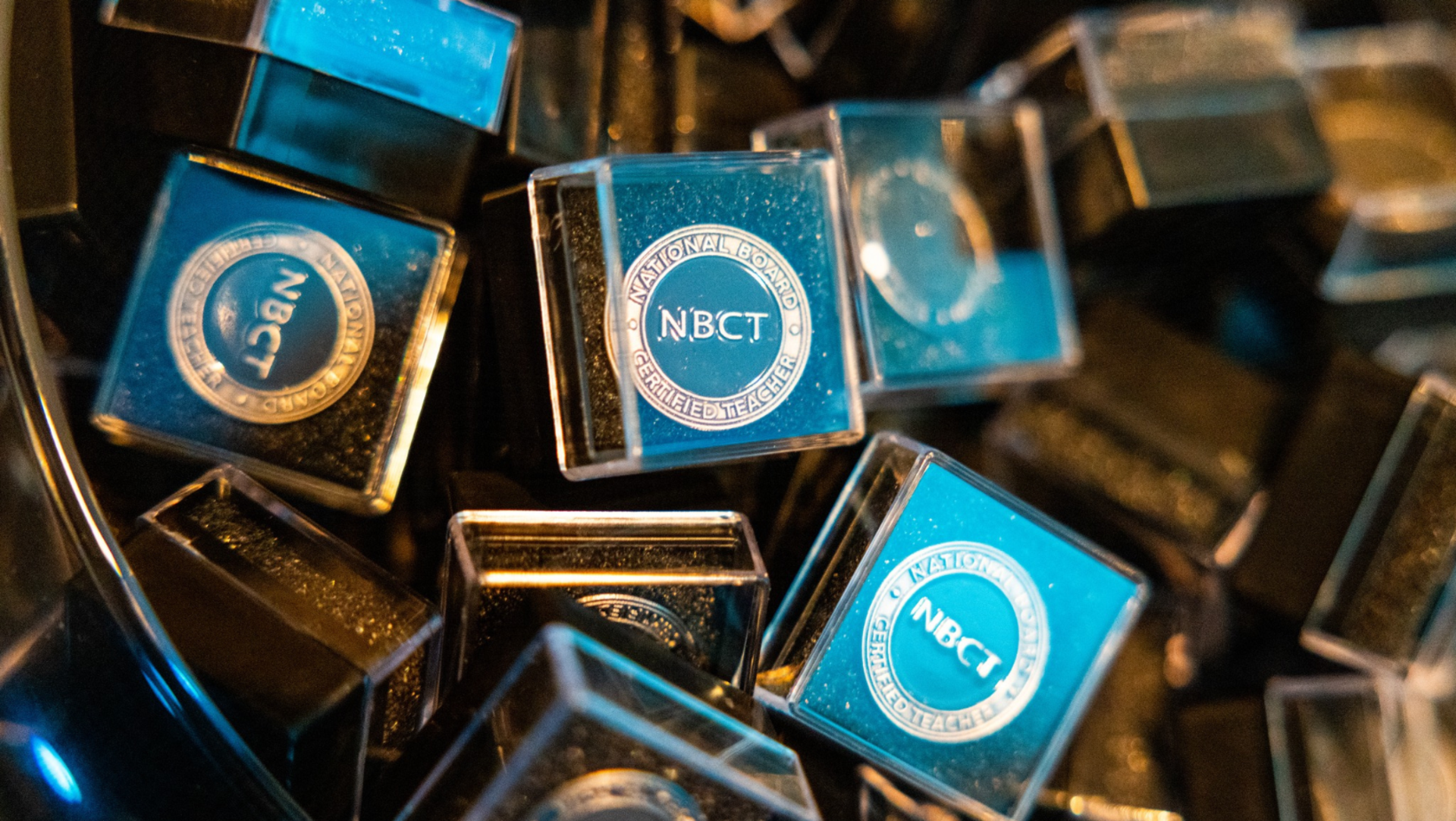April 3, 2017
Stressed? You’re Not Alone
Identify the major sources of teacher stress and how you can handle it.
If you’re already missing spring break and the memories of relaxation, you’re not the only one.
Nearly half of teachers — 46 percent — report high daily stress during the school year, according to Gallup’s State of America Schools Report. Teachers are tied with nurses (and higher than doctors) for the highest rate across all occupational groups.
Teacher stress has been linked to decreased performance, declining student achievement, and high teacher turnover — which costs more than $7.3 billion annually, according to the report Teacher Stress and Health from Pennsylvania State University and the Robert Wood Johnson Foundation.
The report outlines four main sources of teacher stress:
- School organizations without strong leadership and support;
- Job demands, such as high-stakes testing and difficult parents;
- Limited work resources; and
- Teacher social and emotional competence.
Image credit: Robert Wood Johnson Foundation
However, schools across the country are working to help minimize teacher stress with interventions that solve both organizational and individual issues.
The Penn State researchers specifically called out four types of programs that have proven to improve wellbeing, student outcomes, and stress relief.
Workplace wellness programs: Whether it’s insurance incentives to stop smoking or nutrition assessments, wellness programs for educators can improve health and reduce costs.
Social emotional learning (SEL) programs: SEL programs are a sure bet in the classroom, but teachers should also take advantage of this school of thought for classroom management. “Teachers trained and supported in implementing SEL programs have lower job-related anxiety and depression, higher quality classroom interactions with students, greater teacher engagement, and greater perceived job control,” the report explains.
Mindfulness/stress management programs: On an individual level, using techniques such as emotional awareness, meditation, and breath awareness can lead to teaching improvements and psychological and physiological benefits. In one study, teachers from 36 public schools who received mindfulness training lowered stress levels and improved observed instruction. Win-win.
Mentoring and induction programs: Researchers note, “Supports for beginning teachers led to: higher satisfaction, commitment, or retention, better classroom instructional practices, and higher student scores on academic achievement tests.”











